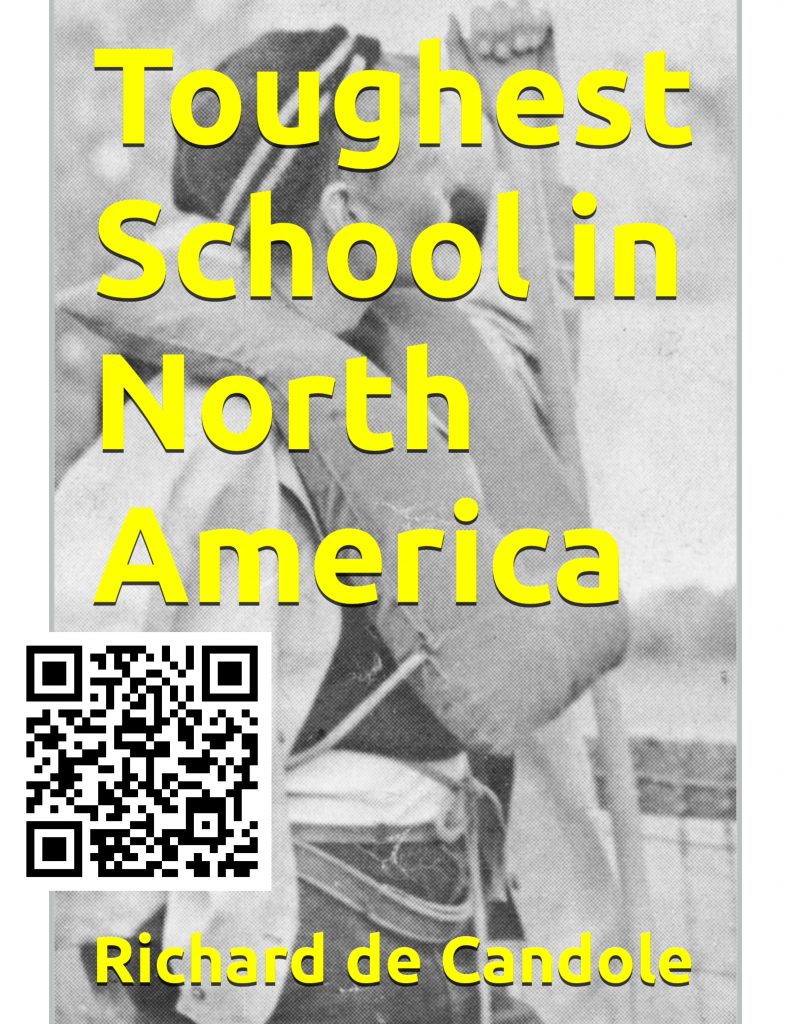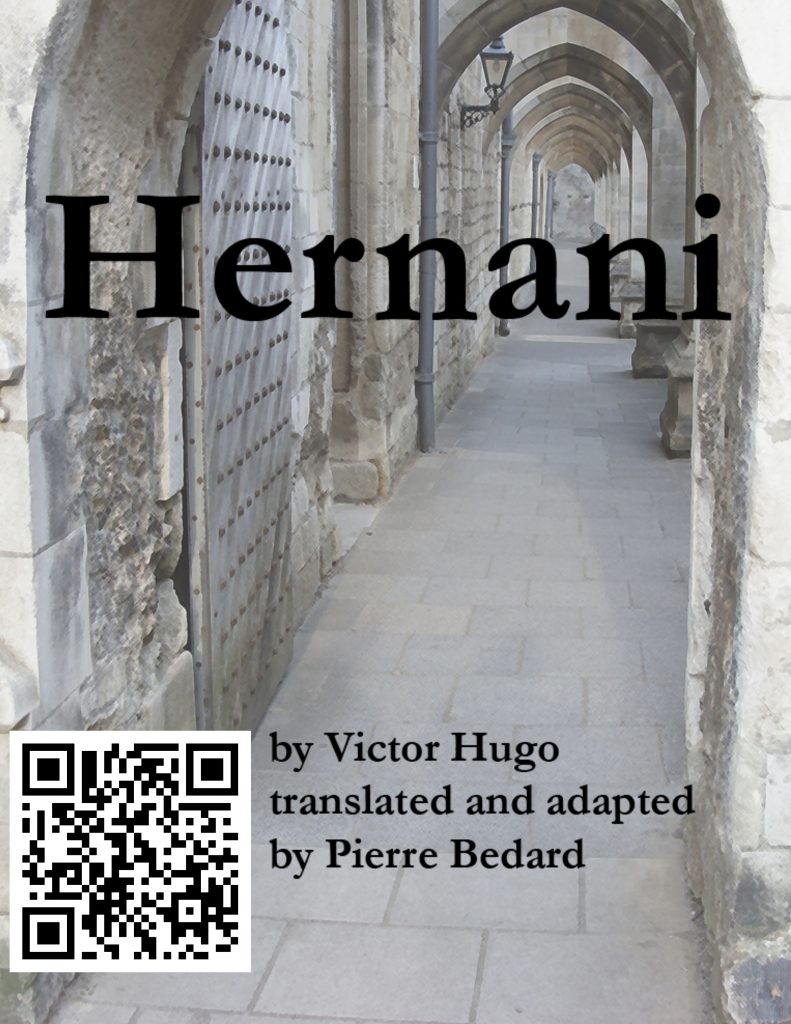
John and Therese Bédard
Mexico City or NYC
(28 December 1924 – 10 September 2012)
John Bédard, 87, died with his wife and sons by his side at his home in San Diego, California on 10 September 2012. A decorated veteran of both World War II and the Korean conflict, he was born into a Québec winter on 28 December 1924 to Delphis and Amabilis (n Hébert) Bédard near present day Laurier-Station, Québec, Canada.
At 14, he left home to finish school at the College de Ste-Croix-de-Lobtinière. At 16, he worked for the Canadian National railroad in various capacities (including telegraph operator) before serving in the Canadian Merchant Navy from 1942 to 1950. John’s ships sank three times. One of every eight Canadian seamen in the service never came home, the highest casualty rate of all the Canadian services during WWII.
During the Korean War, five of the Bédard brothers (John, Guy, Denis, Laurent, and Laurier) were sergeants in the Canadian forces. John served from 1950 to 1953, and returned home from action in Korea sick with malaria. In 1954, he joined the Canadian Immigration service.
John’s sister, Jeanne-Mance, thought he and her best friend Thérèse Roy from Thetford Mines, would suit each other well and encouraged him to write to her. She and Thérèse were in nursing school at St-Michel-Archange in Québec City. Thérèse was an ex-novitiate with the Sisters of Charity (Gray Nuns / Soeurs Grises) who had left the order after four years, just before taking her final vows and becoming Sister St-Pierre-Celestin. In John’s first letter to her, he declared himself “of good humor” and said “to date I haven’t had the easiest life, but it’s always been agreeable. I consider myself, and I know that I am, lucky.”

Just married, 1955
At 9pm in St-Jean d’Iberville on 26 April 1955, John and Thérèse married. It was a quiet ceremony witnessed by two friends, John’s mother Amabelis, and his sister Jeanne-Mance, who would later be Pierre’s godmother. John and Thérèse raised two sons: Pierre born in St-Jean-d’Iberville in 1958, and Marc born in Montreal in 1962.
The couple eventually honeymooned by driving a VW Beetle to Mexico City and back. It was the first time John would take Thérèse out of Canada. It would not be the last.
Québec then was a different place than it is today. There was a clearcut class system in place being increasingly questioned as the middle class grew – there were many Québecois sergeants but very few Québecois officers. The reforms eventually brought about by Québec’s Quiet Revolution were only ideas yet realized.
In 1963, John applied for a promotion with Canadian Immigration at the Montreal port of entry. John, who spoke English, French, and Spanish fluently and could swear effectively in Greek, Portuguese, and Yiddish, was attending night school to learn Russian. When someone from “out Ouest” who only spoke English got a job he thought was his, John chose to vote with his feet. Using his connections from La Colle on the US border south of Montreal, he applied for and obtained US green cards for the family.
On 27 March 1964, John, Thérèse, 6 year-old Pierre, and 2 year-old Marc left their home on Place Arthur Buies in Montreal Est for California. Over the next week or so, the family drove their blue 1963 Rambler American across the US on Route 66, towing their possessions in a small trailer. On 4 April 1964, the Bédards arrived in Orange, California.
Life in Orange was all about shift work for both John and Thérèse. Their bed never seemed empty, one worked as the other slept. Life was about 8-4, 4-12, and 12-8 — round the clock, shift after shift.
A day trip to Tijuana changed John’s life forever, when he failed to bring the family’s green cards. Perhaps John deliberately left the cards at home to see if anyone he knew from Plattsburg or Rouse’s Point were working a shift that day. Our temporarily undocumented family detained in secondary inspection at the San Ysidro port of entry pedestrian entrance for a few hours, gave John a chance to talk to the US Customs and Immigration crew. From that day, John planned to join US Customs.
From 1964 to 1969, John was a resident alien, he could not legally carry a gun and work in law enforcement. He worked as a janitor and as a security guard. He sold women’s’ shoes at the Broadway in Fullerton. He had a job milling whitewalls, greenwalls, and rainbowwalls into car tires.
Everything changed on 16 April 1969, the day he became an American citizen. On that day, John applied for the US Customs Service. He was quickly accepted, leaving home to go into training. Following assignments around the US, he settled at the Port of San Ysidro. The family bought a house, regrouped and settled in for a year in San Diego.
From 1972 to 1975, John served in Laos, based in Vientiane. An advisor to the Lao government, he was an able diplomat, making many friends. His family joined him in Vientiane, where they experienced a completely different world.
John returned to San Ysidro after Laos and served in a variety of posts in the San Diego District until his retirement in 1990. His life was not without its 15 minutes of fame. In 1981, he appeared on the CBS Evening News with Dan Rather and in Time Magazine, dumping counterfeit Cartier watches on the pavement to be steamrolled at a media event in Los Angeles, promoting his seizure of thousands of fake Cartier watches.
His career saw him work the line at many ports of entry in the Northeast (for both Canadian and US sides) and the southern border. Having worked for both Canadian Immigration and US Customs, John had a unique perspective on the challenges of the border.
John loved to read and write. Border Guards, a collection of his short stories about more than thirty years of work on international borders, was published in 1996. In 2011, he and his son, Pierre, released Thetford Park*, a fictional account of an ammo run on a Canadian merchantman joining a convoy in Halifax, Nova Scotia bound for Liverpool, England during World War II.
John is survived by his wife Thérèse, his son Pierre and his family (wife Caroline Brunjes Bédard and their two children Jean-Pierre Andre and Claire Thérèse of Los Altos, California), and son Marc and his family (wife Jessica Rutan-Bédard and children Philip John, Jackson Dakota, Skye Itzachu, and Starr Biih Naiheeh of Fullerton, California).

Bedard family, 1950
John was the first of eleven children and a 10th generation Québecois, tracing his roots back to Isaac Bédard who arrived in Québec in 1661 from La Rochelle, France. A Huguenot, he became Roman Catholic to emigrate to Nouvelle France. John was predeceased by his siblings Guy, Marcel, Jeanne-Mance, Laurent, Suzanne, and Colette. John is survived by his siblings Gilles, Laurier, Denis, Thérèse, and Michel. He loved his sisters and brothers, all their spouses, and his many nieces and nephews. Knowing John, he is playing cards and eating Oka cheese with his best friends, brothers and sisters, aunts and uncles after a long day in the fields.
A memorial service was held on Monday, 22 October 2012 at St. Charles Catholic Church in San Diego, California. A funeral service was held on 2 August 2015 in Ste-Croix, Lobtinière in Québec, Canada.



He had a full life. I hope he was also a good father. Nicely written with world history woven in well. Part of the old Quebec that was more outward looking–his adventures remind me of my own Quebecois grandfather’s. I would like to hear more of his service in Korea and his sinkings.
Steve, thanks for the kind thoughts. He was a good pop. I don’t have much about Korea and where he sank. I know that that worst was off of Australia, though I haven’t had the time to research it. Never been there but I’m he considered driving the Rambler to Sydney if he only could. In all seriousness, I just discovered a list of his ships with ports of call in his papers but have not had to time to thoroughly research. However, his mother’s memoires (see http://wp.me/P2E2dS-5V) have great turn of the century anecdotes, including a discussion around an extended family dinner – the subject matter seemed to revolve around whose horse was better, until Uncle Moises, getting hammered that he couldn’t believe they had hung Riel. Also mentions of the postwar influenza, importance of the railroad, depression, etc. In terms of Pop’s maritime service, Thetford Park (see http://wp.me/P2E2dS-2d) tries to capture the psychology of being on a ship, being a big target on an ammo ship from Halifax to Liverpool. Anyway, I know you can read french. Check out my grandmother’s memoires.
Dear Pierre
I am sorry for your families loss, My father has been gone for over 10 years now and it does get easier. I still feel he is with me every day. I am not sure if had met your dad but I thought he had come to the school and you had introduced us. He seemed to have had a very full life and must of been very proud of your accomplishments. I am glad that you were there for him. I enjoyed the book that you had written together. I did not realize he had written another book. I would very much like to read it. I will be out in San Jose next week and will give you a call. I have a few days off maybe we can get lunch or dinner again, if you are free.
Sincerely
Rob
Rob,
Again thanks for your thoughts. I think it is very important to live life to the fullest in our own way. It’s full of risk, can sometimes be frustrating and a heartbreak, but the wheel goes on. You and I lived through some very interesting times together at St. Johnnie’s and you can never forget that shared experience.
A great loss indeed, and a life well lived. I’d imagine that his early experience as the “bosun from Mystic, Conneticut” was good training to be an American diplomat in Laos after the fall of Vietnam. I still remember Pierre’s 1974 recant of all the moral turpitude he witnessed in Vientiane, unimaginable experience for a hayseed like me. The furthest that my dad had ever taken me was to reform school in Selkirk, Manitoba. The Bedards were a lucky bunch to have a patriarch in search of adventure. I know you will miss him dearly.
Pierre; Recently I’ve been looking up online books on Laos in the early 1970’s and our Lao-US Customs Advisory Team: This web site of yours’ came up in the searches.
My belated but Deepest Condolences for the Passing of Jean!
I was on the original US Customs Team in Laos, my time was if I remember correctly Feb. ’72 until HQ’s USCS-DC transferred me as part of the merger of Customs & BNDD to DEA in 1973, in June-July 1973, to the US Customs Academy at FLETC, Brunswick, GA (where team mate Clay Allison later became Director).
My memory isn’t perfect on those dates and I was ‘married to my job’ so not really up on extended families but You’d have been pretty young in Laos if my time overlapped with your’s, ’72 & ’73?
I’d like to purchase a copy of the books of your Dad’s that have Lao Customs and border stories in them??
Dick Conger’s my name, Cody, Wyoming.